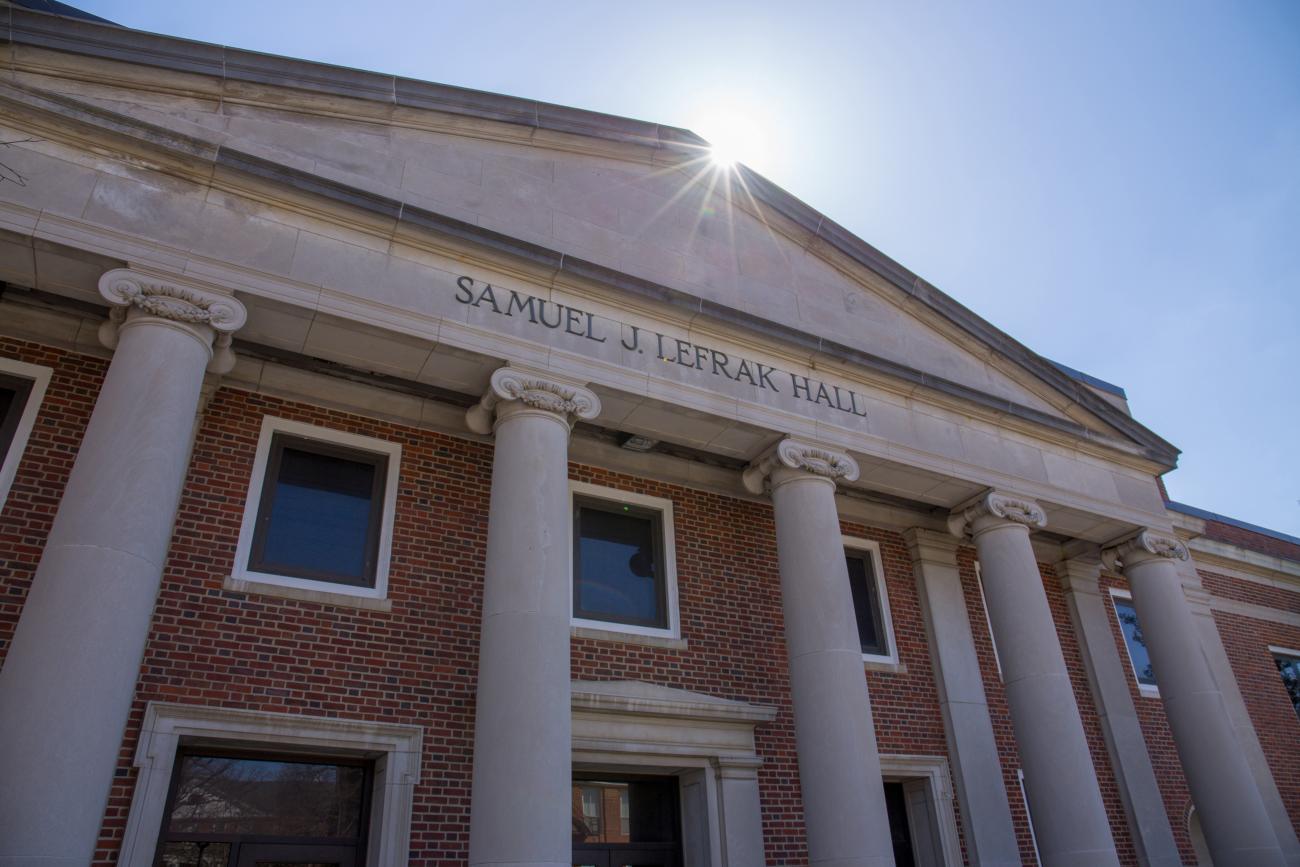Studies with mice include imaging studies during behavioral task performance to sensitively probe for changes in tone detection performance with age and the associated changes of neuronal networks to adjust to changing listening conditions. We also collect imaging data of young and old mice while at rest (a passive condition) using tones in noise and tonal patterns, and then extract changing neural networks with age from the imaging data. Our work also investigates how circuits in the primary auditory cortex change with age and hearing loss. Finally, we are aiming to identify the effect of training on sound processing in aged animals.
Studies with ferrets collect neural data while the animal passively listens to clean speech, speech in white noise, and reverberant speech, and then subsequently reconstruct the representation of the speech signal in the brain. We also examine the response of thousands of cells in the auditory cortex of young and old animals (in the passive state) to stimuli varying in frequency and time, to determine how response properties of neurons in the brain change with age. Finally, we are conducting experiments to examine how the physiological response to a temporally synchronized figure-ground tonal pattern changes with advancing age while the animals are engaged in active listening. The ability to perceive the synchronized patterns in a series of tones is known as temporal coherence, and is thought to be related to a listener’s ability to focus on a target speech signal and ignore unwanted sound.


